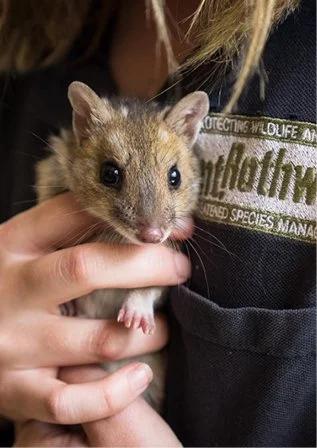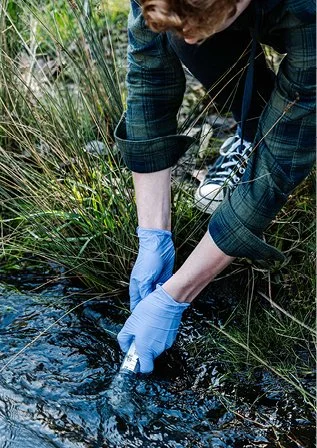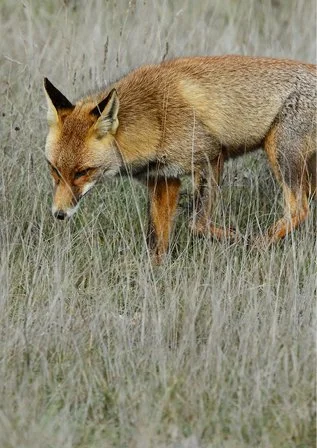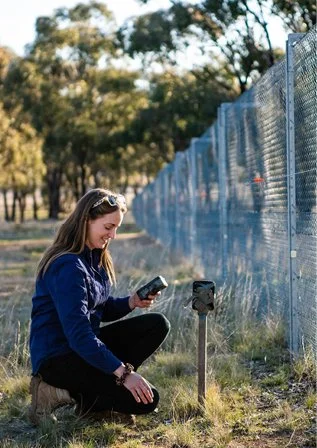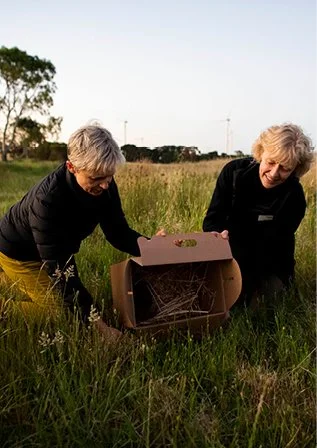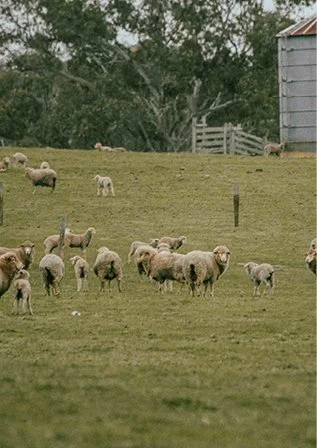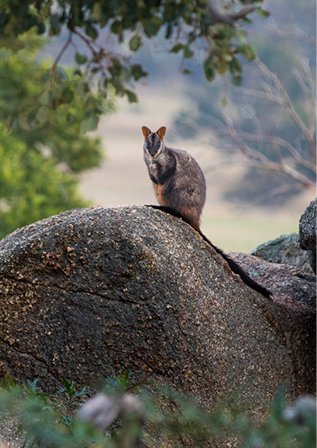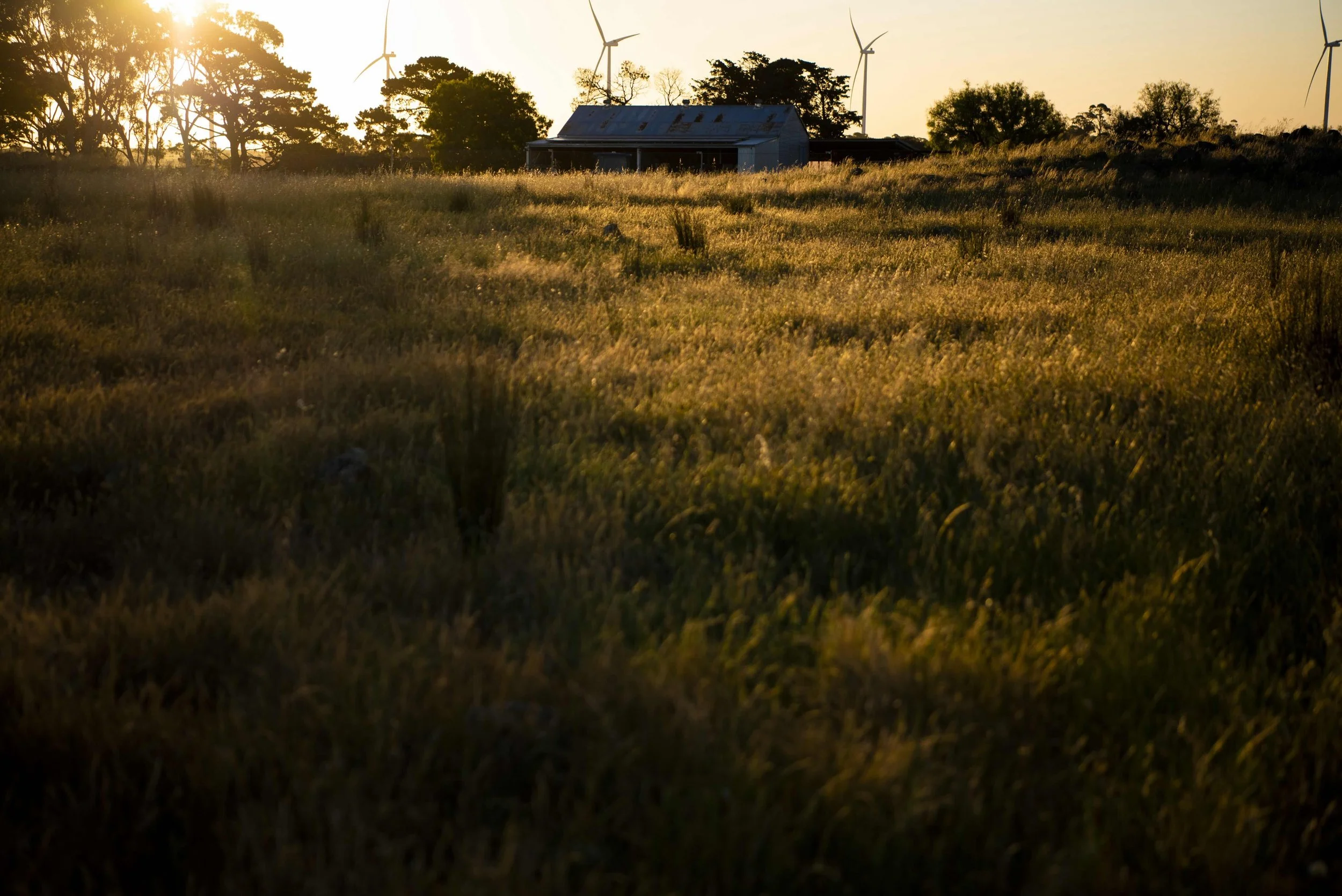ONLINE LIBRARY
In the Online Library you’ll find all the key resources to support your learning, organised by module. Each module has its own Resources page, where you can download readings, watch videos, and access helpful links relevant to each of the topics covered.
① Introduction to threatened species recovery
② Ecosystem baselining and monitoring
③ Invasive species management
④ Conservation fencing models
⑤ Applied ecological science and technology
⑥ Community engagement
⑦ Farming and natural capital markets
⑧ Species and regulatory frameworks
Welcome to The Research Burrow, a fortnightly deep dive with Georgia Randall, Odonata’s Program Ecologist and PhD candidate.
Blending research, storytelling, and on-ground insight, Georgia explores how species drive ecosystem health, carbon cycling, and the natural processes that keep our landscapes alive.
Explore The Research Burrow below!
The Research Burrow
-
In this first edition, Georgia explores zoogeochemistry, that is, how animals shape soil health, nutrient cycling, and carbon storage in ecosystems. Highlights include long-term studies on mammal population recovery, post-fire behaviour shifts, and the surprising ways small diggers can influence landscape recovery. Dive in to see how everyday animal behaviours play a big role in keeping our ecosystems healthy.
Read Edition 1 -
In this second ediction, Georgia explores the distinction between rewilding and restoration, uncovering how returning species and restoring ecosystems can revive lost ecological functions. Highlights include the reintroduction of platypus to the Royal National Park, the behaviour of threatened mammals in predator-free sanctuaries, and the delicate balance needed to rebuild biodiversity. Discover how carefully guided interventions can help nature regain its self-sustaining rhythm.
-
In the third edition, Georgia explores process-based conservation, highlighting why protecting ecological functions can be more effective than focusing on individual species alone. Topics include genetic diversity, restoring key species interactions, and creating habitat connectivity to build resilient ecosystems. Discover how understanding and supporting these underlying processes can help landscapes adapt, thrive, and sustain biodiversity over the long term.
-
In the fourth edition, Georgia digs into the underground world of soils and the vital processes that sustain life above ground. She explores how nutrient cycling, microbial communities, and bioturbation (the disturbance of soil by animals) shape ecosystem function and resilience. Discover how understanding and restoring these hidden processes can secure healthier landscapes, stronger ecosystems, and thriving communities in a changing climate.
-
In this edition, Georgia uncovers the hidden world beneath our feet. Through the lens of bioturbation (the digging, burrowing, and foraging activities of ecosystem engineers that reshape the land), she explores how native species sustain healthy soils and resilient ecosystems, and what happens when these natural diggers disappear. With insights from new genomic research and global conservation frameworks, Georgia reveals how understanding and restoring these underground processes is key to protecting biodiversity and building climate-ready landscapes.
-
In this edition, Georgia explores how animals respond to rapidly changing climates and fragmented habitats. Through the lens of behavioural plasticity and genetic adaptation, she examines how species like bandicoots adjust their movements, activity patterns, and habitat use to survive environmental pressures. With insights from recent research and practical conservation examples, Georgia reveals how understanding these adaptive strategies, alongside habitat connectivity and restoration, is essential for safeguarding biodiversity and supporting resilient, climate-ready ecosystems.
